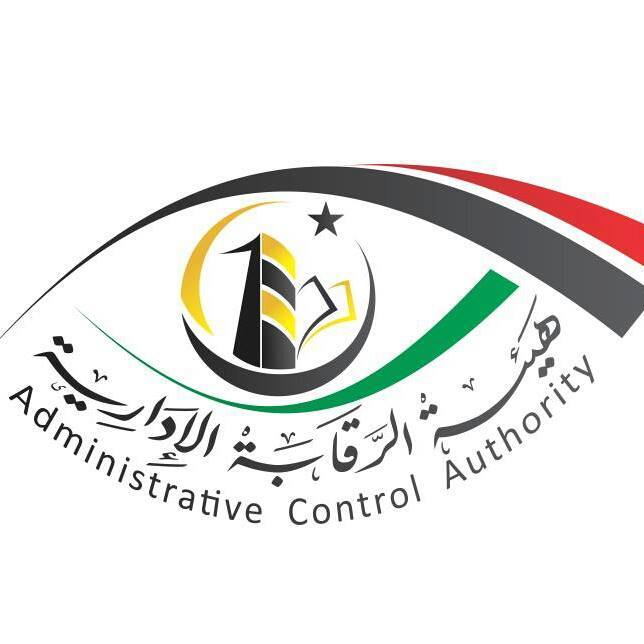By Sami Zaptia.

London, 22 January 2021:
Reviewing the humanitarian situation in Libya during 2020, the UN Office for the Coordination of Humanitarian Affairs in Libya (OCHA) reported in its latest bulletin posted today that insecurity, displacement and protection risks continued in Libya during 2020
The report said that while more than 40,000 have returned home since June, over 392,000 people remain displaced. With regards to the pandemic, it said more than 101,000 cases of COVID-19 were confirmed in Libya in 2020.
Migrants and refugees intercepted at sea and returned to Libya, mostly to detention, reached 11,900 last year. More than 403,000 people reached by the various OCHA agencies with assistance in 2020.
Conflict and insecurity remained the main drivers
Conflict and insecurity remained the main drivers of displacement across the country and hindered people’s ability to return to their homes. While lines of control remained largely static in the first half of 2020, escalations in fighting, particularly around Abu Grain, Sirte and Tajura increased the number of people displaced, to 426,000 people by June.
Ceasefire: Return of internally displaced
However, the situation changed following the Government of National Accord (GNA) and aligned forces’ retaking cities along the coastal road and regaining control of Tripoli and nearby cities, eventually leading to an agreed ceasefire in October. Since re-taking control of Tripoli more than 44,000 people have returned, particularly to southern areas of the capital.
Explosive hazards
However, a significant constraint on the rate of returns remains the presence of explosive hazards. Contaminated areas, mostly in the southern neighbourhoods, present a significant risk to the safe return and remaining residents and has led to 206 casualties (73 killed and 133 injured) since May 2020, of which 136 were civilians.
Non-civilian casualties
Non-civilian casualties were predominantly explosive ordnance disposal personnel. The indiscriminate use of heavy weaponry has also caused further damage to houses and other civilian infrastructure that remain in disrepair.
Protection environment remains weak
The protection environment in Libya remains weak. In addition to the increased use of heavy weapons in populated areas, other violations of international humanitarian and human rights law in the course of the conflict continued with virtual impunity. Summary executions and other unlawful killings, abductions, the occurrence of GBV and other forms of abuse, as well as widespread human trafficking continued.
Conflict-related incidents
In 2020, 34 conflict-related incidents, including direct attacks, were recorded on hospitals, health care workers, ambulances and medical supplies, killing at least eight people and injuring 23 others.
Violations of the rights
Violations of the rights of migrants, refugees, and asylum seekers have been documented in official and unofficial places of detention, as well as outside detention facilities. For IDPs, migrants, and refugees, a lack of legal documentation also resulted in unmet needs, particularly their ability to access education and health services. Underreporting of GBV continued, attributed to the fear of reprisals, widespread stigma, entrenched gender-based discrimination, including in national legislation and cultural practice, and limited legal protection and available services for survivors.
Migrants and refugees remain most vulnerable
Migrants and refugees continued to be some of the most vulnerable people in Libya, with the country remaining a destination for migrants and a major transit country for migrants and refugees attempting to cross the Mediterranean to Europe.
Number of migrants declined
The number of migrants in Libya declined in 2020, particularly since the onset of COVID-19. The economic downturn, including plummeting income-generating opportunities for migrant workers, tightened security controls and mobility restrictions due to COVID-19 are the key factors that have contributed to the reduction in the number of migrants. An estimated 80,000 migrants have left Libya since the start of the pandemic, mainly to neighbouring countries.
More than 574,000 migrants and refugees remain
Despite this, more than 574,000 migrants and refugees remain, where they continue to be at risk of killing, torture, arbitrary detention, rape and other forms of sexual and gender-based violence, forced labour, extortion and exploitation.
Of particular concern are those held in detention, where conditions of severe overcrowding and insufficient access to food, clean water and sanitation and human rights violation are regularly reported.
More than 11,900 rescued at sea
In 2020, more than 11,900 people were rescued/intercepted at sea, an increase of 29 per cent compared to 2019. Of those returned to Libya, the majority are taken to detention, where between 1,000-3,000 migrants and refugees are held in official detention centres at any one point, although many other migrants and refugees are believed to be held at other sites run by militias and trafficking groups.





